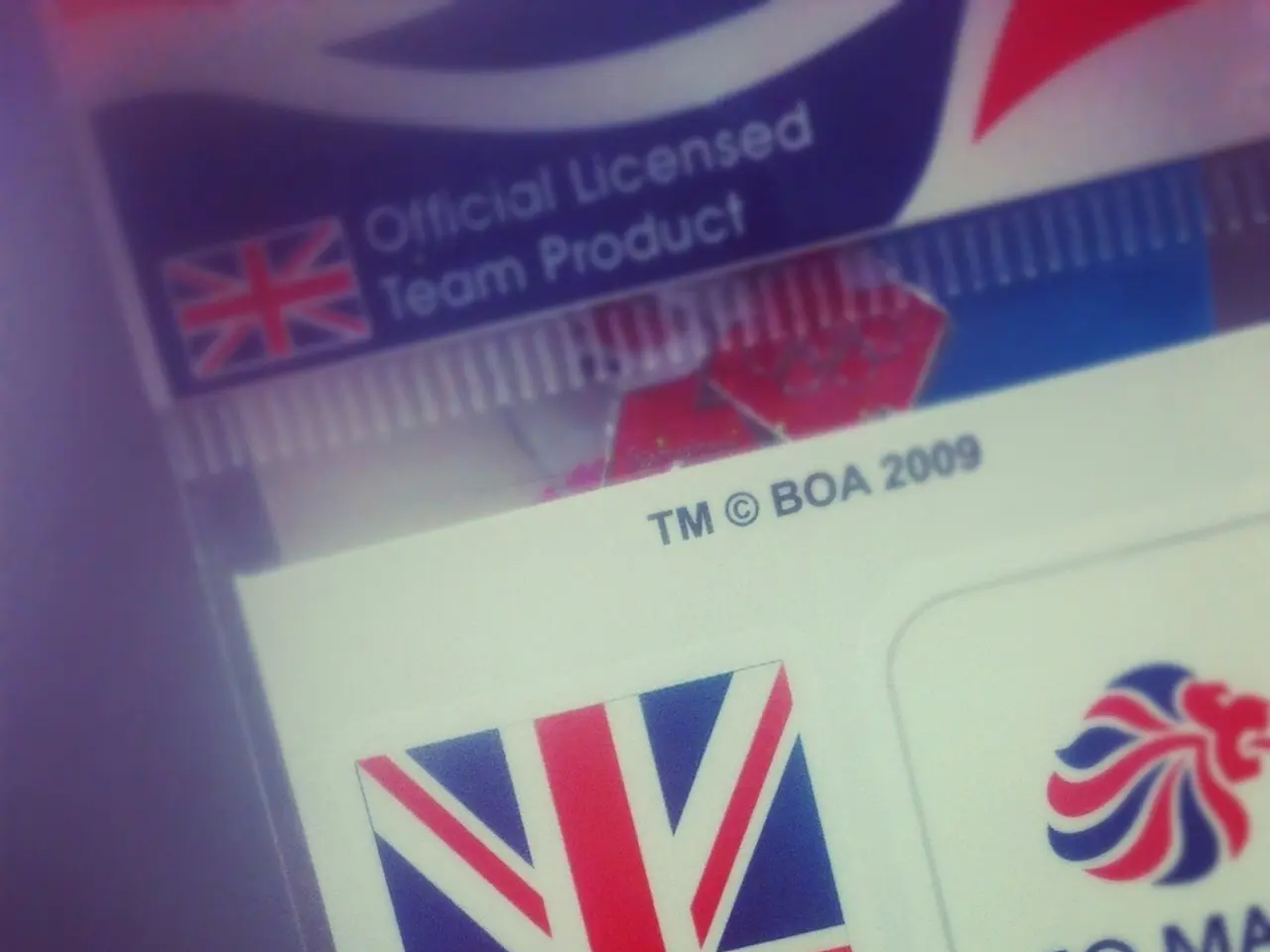How was it back then?
In the heart of medieval Europe, the city of Lübeck rose to become the undisputed centre of the Hanseatic League around 1375. This powerful alliance of over 70 cities, spanning from Russia to Scandinavia, was a significant economic and political force during this period.
Lübeck's strategic location on the Baltic Sea made it a crucial trading hub, connecting the Baltic region with the rest of Europe. Its proximity to the sea facilitated trade with other Hanseatic cities and beyond, solidifying its position as a major economic powerhouse.
The city's merchants were among the wealthiest in the Hanseatic League, and their economic power allowed them to dominate trade routes and influence political decisions within the League. This economic clout was further bolstered by strategic alliances with other Hanseatic cities, which provided a unified front against external threats and market competition.
Moreover, Lübeck developed a sophisticated legal system known as the "Lübeck Law," which was adopted by many other Hanseatic cities. This helped establish a uniform legal framework for trade and commerce across the League, enhancing its efficiency and stability.
However, Lübeck's peak was not without its challenges. Other powerful cities within the League, such as Hamburg and Danzig, competed with Lübeck for trade and influence, often leading to political tensions and conflicts. External threats from neighbouring powers, including the Teutonic Knights and the kingdoms of Denmark and Sweden, also required Lübeck to maintain a strong military presence and diplomatic relations.
Economic pressures from rising national states and the emergence of new trade routes beyond the Baltic further tested Lübeck's dominance. Balancing interests among member cities was a constant challenge for Lübeck's leadership.
Despite these challenges, Lübeck, as the "Queen of the Hanse," played a key role in political negotiations and was considered an independent power factor in the Baltic region. The city's dominant position was based on a skillful interplay of trade, legal structure, city politics, and a network of strategic partnerships.
Today, Lübeck remains a significant city, offering a glimpse into its rich history. For those interested in learning more about this fascinating period, various articles are available for further reading. A map of Lübeck can also be found here for those wishing to explore its geographical location.
It is important to note that despite its peak in 1375, Lübeck faced challenges both internally and externally, as the seeds for future challenges were already present at this time. However, the city's resilience and strategic acumen ensured its continued importance within the Hanseatic League and beyond.
- The economic power of Lübeck's merchants extended beyond their city, influencing the political landscape of the Hanseatic League, a factor that was not limited to general-news but also encompassed business and politics.
- The sophistication of Lübeck's legal system, the "Lübeck Law," contributed significantly to the economic success and stability of the Hanseatic League, a significant event in the history of both finance and general-news.




